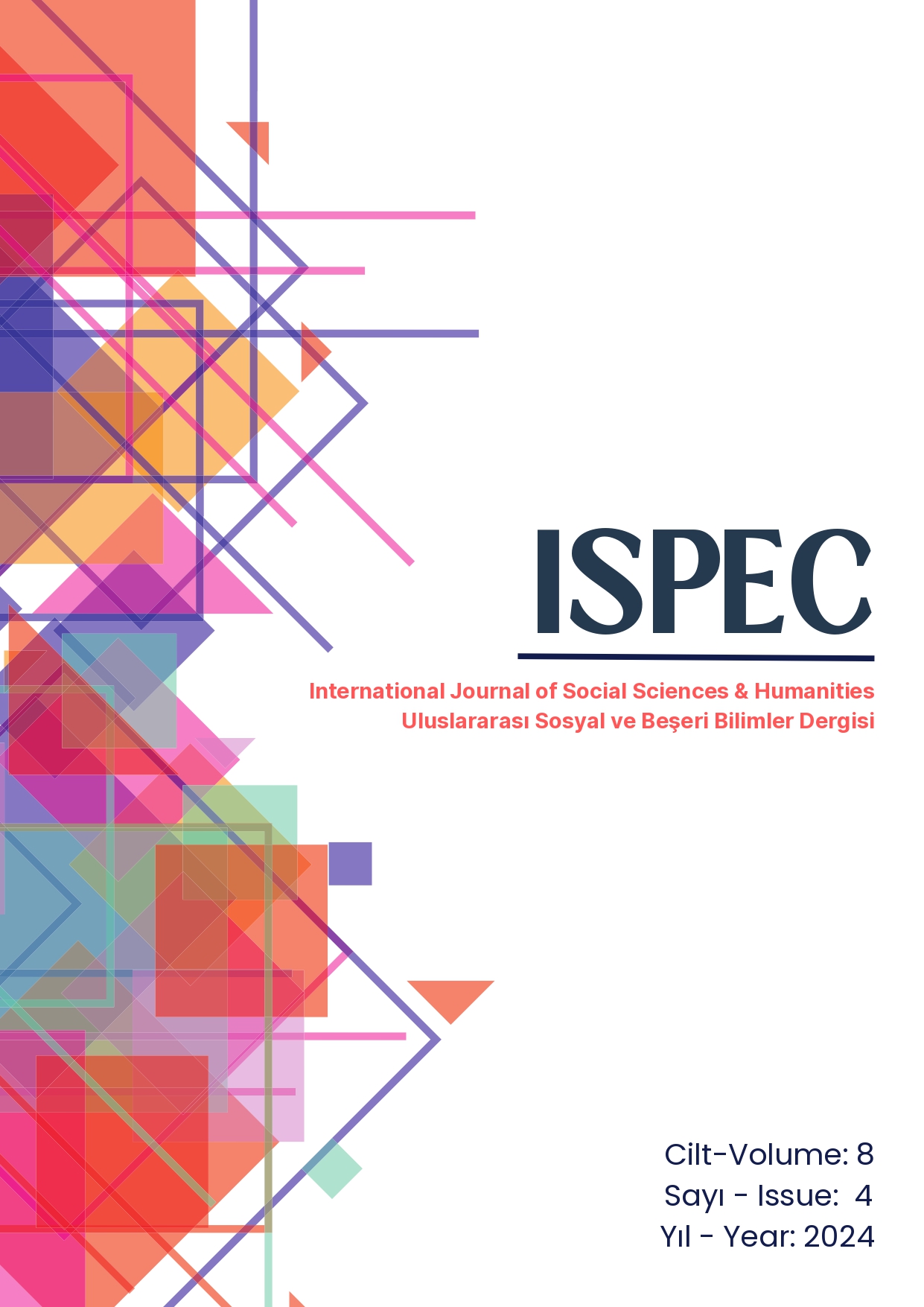Cognitive Behavior Therapy in OCPD and Anxiety Disorder: A Case Report
DOI:
https://doi.org/10.5281/zenodo.14502489Keywords:
Obsessive Compulsive Personality Disorder, Anxiety, CBTAbstract
A 22-year-old male client who meets the diagnostic criteria for obsessive compulsive personality disorder of the diagnostic measures used in DSM 5 and has this diagnosis also has anxiety. This article describes the cognitive behavioral therapy process applied to the client. The client is extremely controlling and perfectionist. Thoughts of failure, fear of not being liked, being deceived are constantly passing through his mind, and there is a constant effort to get into the eyes of others. A person is in a strict thinking structure. He is so busy achieving perfection that he cannot stay in the flow. His head is constantly filled with excellent behaviors and thoughts that suit him. The person also mentioned that he has no free time, that he is preparing for the exam, that he works very regularly. From the moment he was diagnosed with the disease, he started therapy thinking that his life had never gone the way he wanted, his life had become difficult, which he was not satisfied with. Cognitive behavioral therapy method was applied to the client due to the separation and analysis of complex and rigid thoughts in the behavioral thoughts and cognitions of the person. It has been ensured that the cause of the anxieties he has experienced due to his illness and life has become more understandable in his thoughts and in his behavior, which he reflects, in his appearance
References
Arkar, H. (2008). Cloninger'in Mizaç ve Karakter Boyutları ile Kişilik Bozuklukları Arasındaki İlişki. Klinik Psikiyatri Dergisi , 11 (3).
Bulut, SD, Özdel, K. ve Cebrail, KISA (2015). Belirtiden bozukluğa istifleme. Psikiyatride Güncel Yaklaşımlar , 7 (3), 319-332.
Çıtak, S. (2018). Anksiyete bozukluklarında tedavi tedavileri: Psikoterapi ve farmakoterapi. Türkiye Klinikleri Aile Hekimliği-Özel Konular , 9 (3), 141-149.
Ergin, E. ve ALKAR, Ö. Y. (2022). C Kümesi Kişilik Bozukluklarında Bilişsel Davranışçı Terapinin Etkinliği. Psikiyatride Güncel Yaklaşımlar , 14 (2), 185-194.
Kahya, Y., & Gençöz, T. (2020). Duygu Düzenleme Becerisi Bağlamında Temel Kişilik Özellikleri ve Kişilik Bozuklukları. Duygu Düzenleme.
Karakaya¹, E., & Öztop, D. B. (2013). Kaygı bozukluğu olan çocuk ve ergenlerde bilişsel davranışçı terapi. Bilişsel Davranışçı Psikoterapi ve Araştırmalar Dergisi, 2, 10-24.
Karamustafalıoğlu, O. ve Yumrukçal, H. (2011). Depresyon ve anksiyete bozuklukları. Şişli Etfal Hastanesi Tıp Bülteni , 45 (2), 65-74.
Millon T, Grossman SD, Millon CM, Meagher SE, Ramnath R (2019) Modern Yaşamda Kişilik Bozuklukları (Çevirmen EO Gezmiş).
Uğuz, F., Beşiroğlu, L., & Aşkın, R. (2009). Obsesif kompulsif kişilik bozukluğu ek tanısı konan ve konmayan obsesif kompulsif bozukluk hastalarında sosyodemografik ve klinik özellikler. Anadolu Psikiyatri Dergisi, 10(1), 5-10.
Ünal, Ç. Kurallarla Geçen Bir Yaşam: Obsesif Kompulsif Kişilik Kişilik Bozukluğu.
Özcan, Ö. ve Çelik, GG (2017). Bilişsel davranışçı terapi. Türkiye Klinikleri , 3 (2), 115-120.
Özdemir, O., Özdemir, P. G., Kadak, M. T., & NASIROĞLU, S. (2012). Kişilik gelişimi. Psikiyatride güncel yaklaşımlar, 4(4), 566-589.
Şahin, M. (2019). Korku, kaygı ve kaygı (anksiyete) hastalıklarıi. Avrasya Sosyal ve Ekonomi Araştırmaları Dergisi , 6 (10), 117-135.
Türkçapar, H. (2004). Anksiyete bozukluğu ve bozulmasının karşılıklı ilişkileri. Klinik Psikiyatri , 4 , 12-16.
Taymur, İ. ve Türkçapar, MH (2012). Kişilik: tanımı, sınıflaması ve değerlendirmesi. Psikiyatride Güncel Yaklaşımlar , 4 (2), 154-177.
Downloads
Published
How to Cite
Issue
Section
License
Copyright (c) 2024 ISPEC International Journal of Social Sciences & Humanities

This work is licensed under a Creative Commons Attribution-NonCommercial-NoDerivatives 4.0 International License.






